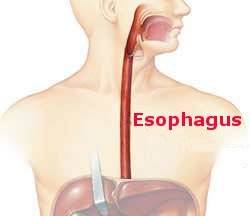I thought it was time to revisit the topic of operations for lung cancer. The surgeon has options which differ in the amount of lung being removed. The surgeon’s goal in all cases is to cure the cancer but they are constrained by the patient’s ability to tolerate, both immediately and long-term, the planned procedure. It must be safe—the patient must survive—and leave the patient with sufficient lung function to maintain a reasonable quality of life. How, in this context, the surgeon comes to the best operative choice based on these concerns is today’s topic. In a subsequent blog I’ll reconsider the challenge of selecting the operation most likely to cure the lung cancer.
Evarts Graham began the era of surgery for lung cancer with his seminal operation in 1933 when he performed a left pneumonectomy (removal of the entire lung). Building on this precedent lung cancer operations have become everyday procedures for the modern thoracic surgeon. From the beginning thoracic surgeons have sought ways to determine the patient’s ability to both survive and, subsequently, thrive. This challenge exists because the overwhelming majority are smokers and now are handicapped with the long-term effects of the damage done to the lungs in addition to the cancer they caused.
For years the surgeon relied on a few indicators of pulmonary function. One was the patient’s lifestyle: active or sedentary. Another was to accompany the patient on a brisk walk or up several flights of stairs while monitoring their tolerance—how far could they travel before shortness of breath overtook them? This methodology was clearly too subjective, biased by the surgeon’s desire to attack operatively the lung cancer.
Now there is a wide panoply of tests to use to obtain an objective measurement of the patient’s current lung function as well as an accurate prediction of the function which will remain after the operation the surgeon is considering. As much as thoracic surgeons want to operate on all their patients to give them a shot at a cure, informed prudence is essential. A dead patient or one with lifetime respiratory compromise doesn’t benefit from a “curative” procedure. As is said in Ecclesiastes: “a living dog is better than a dead lion.”



